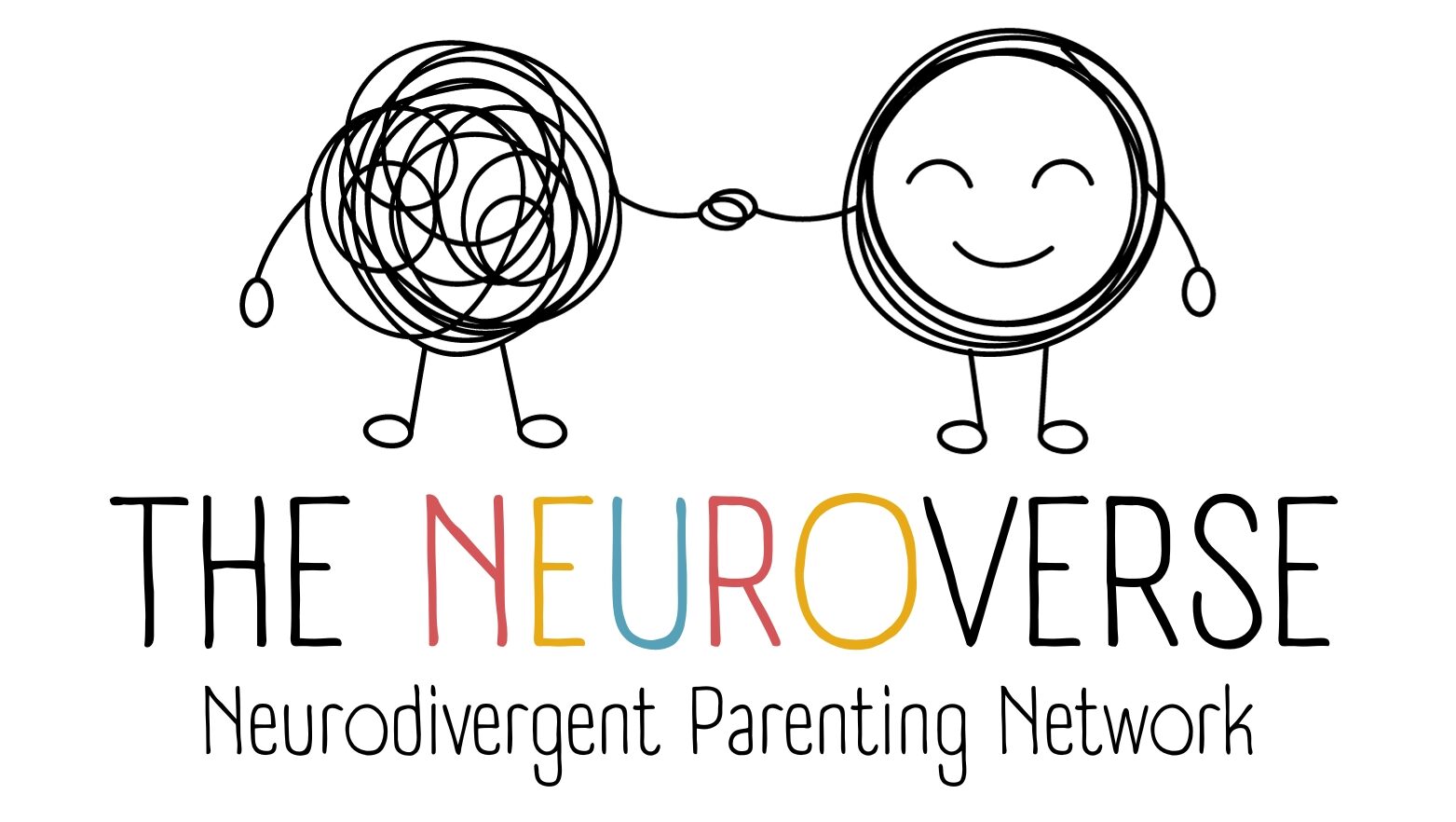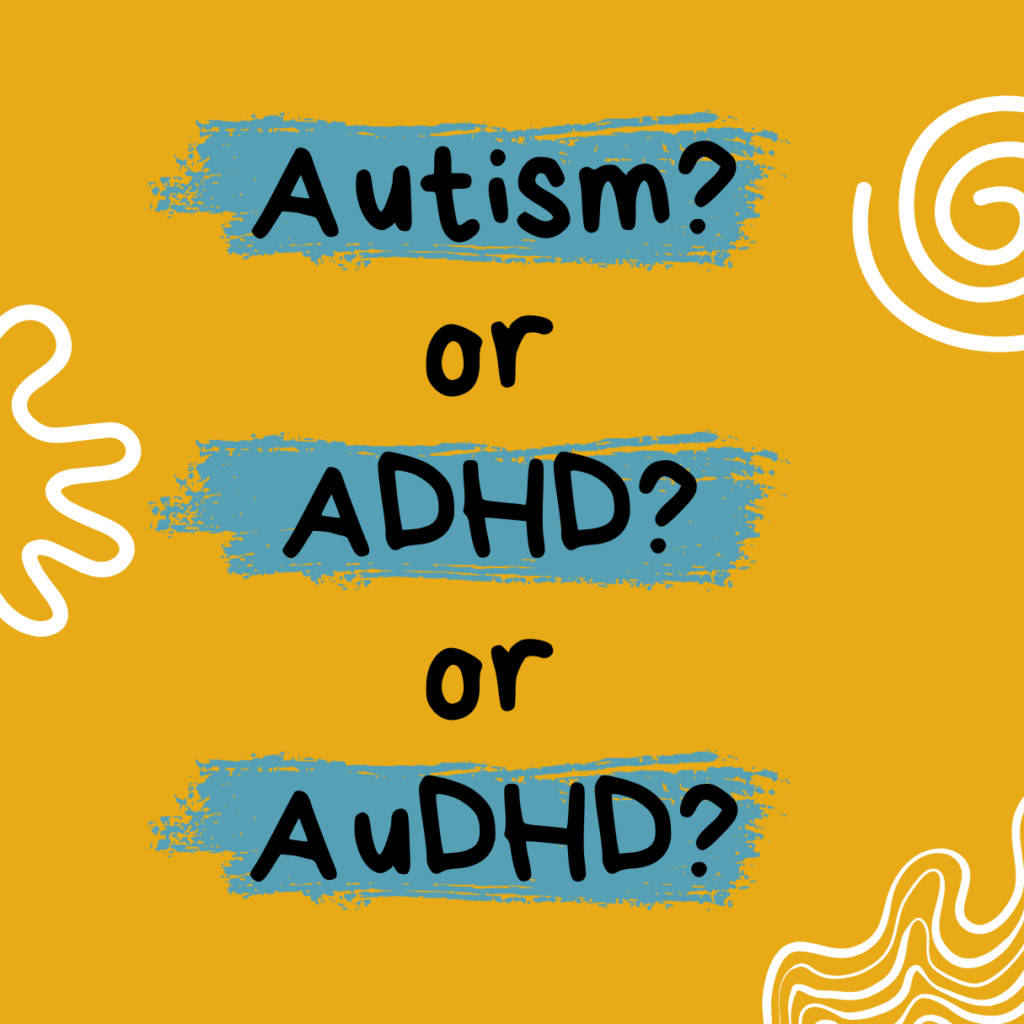Autism Mythbusters!

Autism Misconceptions: Separating Fact from Fiction
Autism Spectrum Disorder (ASD) is one of the most misunderstood neurodevelopmental conditions. Despite growing awareness, many misconceptions persist, leading to stigma, misinformation, and challenges for autistic individuals and their families.
This article will debunk some of the most common myths about autism and shed light on the realities of what it means to be autistic.
Myth #1: “All Autistic People Are the Same”
Truth: Autism is a spectrum, meaning that no two autistic individuals are exactly alike. While some may require significant support in daily life, others are highly independent. Each autistic person has unique strengths, challenges, and ways of interacting with the world. Some may be nonverbal, while others have advanced language skills but struggle with social communication.
Reality: Autism varies widely, and every autistic individual has a unique experience.
Myth #2: “Autistic People Don’t Want Friends”
Truth: Many autistic individuals crave connection and friendships but may struggle with the “how” of social interactions. They may have difficulty understanding nonverbal cues, maintaining conversations, or navigating unspoken social rules. This can make forming friendships challenging, but it doesn’t mean they don’t want meaningful relationships.
Reality: Autistic individuals may socialise differently, but their desire for connection is real. They thrive in environments where they are accepted for who they are.
Myth #3: “Autism is Caused by Vaccines”
Truth: This myth has been thoroughly debunked by extensive scientific research. The original study that suggested a link between vaccines and autism was found to be fraudulent and has since been retracted. Autism is a neurodevelopmental condition with strong genetic and environmental components, but vaccines have no connection to its development.
Reality: Vaccines do not cause autism. Spreading this misinformation can harm public health and contribute to vaccine hesitancy.
Myth #4: “Autistic People Lack Empathy”
Truth: Many autistic individuals feel emotions deeply and experience profound empathy, but they may express it in ways that differ from neurotypical expectations. They might struggle to read social cues or facial expressions, making their emotional responses seem delayed or different. However, this does not mean they don’t care. In fact, many autistic people experience intense empathy but may become overwhelmed by emotions.
Reality: Autistic individuals may express empathy differently, but they do experience deep emotions and care about others.
Myth #5: “Autistic People Can’t Communicate”
Truth: While some autistic individuals are nonverbal or have delayed speech, communication extends far beyond spoken words. Many non-speaking autistic people use Alternative and Augmentative Communication (AAC) methods, such as picture boards, speech-generating devices, or sign language. Others may communicate effectively but struggle with conversational flow, sarcasm, or figurative language.
Reality: Communication looks different for everyone. Many autistic individuals communicate in unique ways, and all forms of communication are valid.
Myth #6: “Autism is a Childhood Disorder”
Truth: Autism is a lifelong neurodevelopmental condition. While many people associate autism with children, autistic individuals grow up to be autistic adults. Unfortunately, many go undiagnosed until later in life, especially women and individuals with high-masking traits.
Reality: Autism doesn’t “go away” in adulthood. With the right support, autistic individuals can thrive at any age.
Myth #7: “Autistic People Are Either Geniuses or Have Intellectual Disabilities”
Truth: The “savant” stereotype, popularised by movies like Rain Man, is misleading. While some autistic individuals have exceptional abilities in areas like math, music, or memory, this is not the case for everyone. Intelligence levels in autistic individuals vary, just as they do in the general population.
Reality: Some autistic individuals have extraordinary talents, while others have average or below-average IQs. Autism itself is not an indicator of intelligence.
Myth #8: “Autism Can Be Cured”
Truth: Autism is not a disease or illness—it is a natural variation in the way the brain is wired. Many harmful therapies and “cures” have been promoted, but the best approach is to provide support, acceptance, and accommodations rather than attempting to “fix” autistic individuals.
Reality: Autism is not something that needs to be cured—it needs to be understood and accepted.
Myth #9: “Autistic People Can’t Be Independent”
Truth: Many autistic individuals lead independent, fulfilling lives with the right accommodations and support. Some may require more assistance, while others excel in careers, relationships, and daily responsibilities. With access to inclusive education, workplace accommodations, and understanding communities, autistic people can thrive.
Reality: Independence looks different for everyone, and with the right support, many autistic individuals live self-sufficient and successful lives.
Myth #10: “Only Boys Are Autistic”
Truth: While autism is more commonly diagnosed in boys, this does not mean that girls and nonbinary individuals are not autistic. Many autistic girls are misdiagnosed or go undiagnosed due to different social coping mechanisms, such as masking (imitating neurotypical behaviour). This has led to significant underrepresentation in research and support services.
Reality: Autism affects all genders. Many girls, women, and nonbinary individuals go undiagnosed due to outdated diagnostic criteria.
Final Thoughts: Shifting the Narrative on Autism
The myths surrounding autism contribute to stigma, misunderstanding, and barriers to support. By educating ourselves and others, we can foster acceptance, advocate for neurodiversity, and create a world where autistic individuals are valued for who they are.
Let’s replace misinformation with understanding. Autism is not a deficit—it’s a different way of experiencing the world.
References:
Baron-Cohen, S. (2000). Theory of mind and autism: A fifteen-year review. Understanding Autism Research, 12(4), 201-215.
Hyman, S. L., Levy, S. E., & Myers, S. M. (2020). Identification, evaluation, and management of children with autism spectrum disorder. Pediatrics, 145(1), e20193447.
Lai, M. C., Lombardo, M. V., & Baron-Cohen, S. (2015). Autism. The Lancet, 383(9920), 896-910.
Lord, C., Elsabbagh, M., Baird, G., & Veenstra-VanderWeele, J. (2018). Autism spectrum disorder. The Lancet, 392(10146), 508-520.
Mandell, D. S., Novak, M. M., & Zubritsky, C. D. (2005). Factors associated with age of diagnosis among children with autism spectrum disorders. Pediatrics, 116(6), 1480-1486.
Silberman, S. (2015). NeuroTribes: The legacy of autism and the future of neurodiversity. Avery Publishing.



Leave a Reply